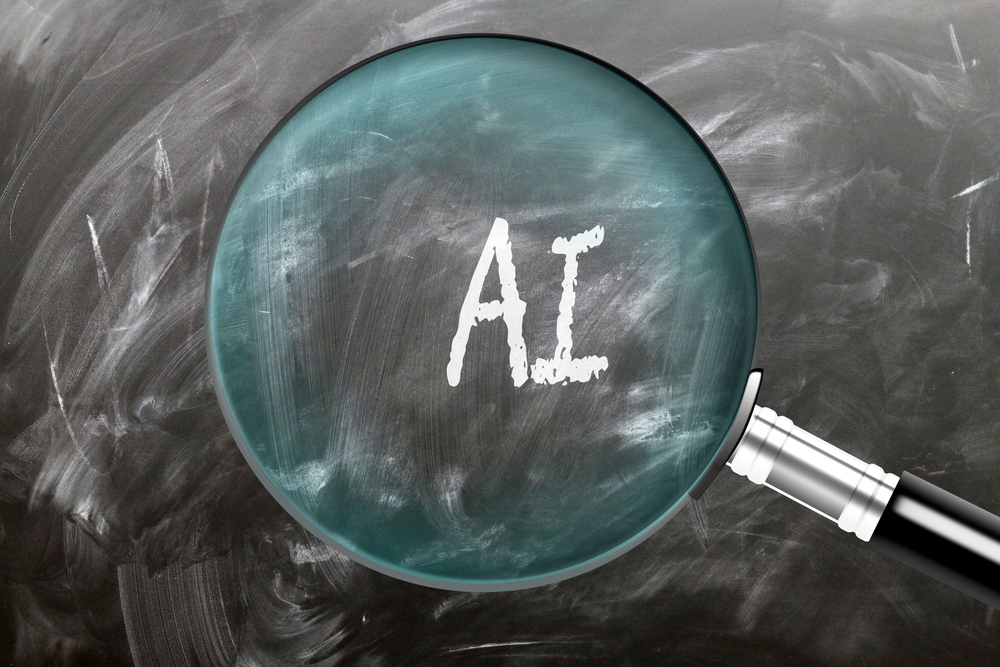August 12, 2025
5 min read
Joe McKendrick
Next Role for AI Agents: Recommending and Acting on Real-Time Choices
Artificial intelligence is increasingly making autonomous decisions for businesses in market actions, customer relations, and supplier relations. However, AI alone should not make the final decisions. The next step involves AI agents not only presenting alternatives or likely outcomes but helping to make intelligent choices through human-machine collaboration. “In a world of hyper complexity, exponential advances in AI capabilities, and compounding uncertainty, strategic value no longer comes from human decision-making alone. It arises from underlying decision environments,” concludes a recent MIT Sloan Management Review study underwritten by Tata Consultancy Services. The study’s authors call this supportive framework “intelligent choice architectures.” This is where AI’s true value emerges. Without such architectures, AI remains siloed and limited to proofs of concept. Intelligent choice architectures are defined as “dynamic systems that combine generative and predictive AI capabilities to create and refine choices and present them to human decision makers.” Such systems actively generate novel possibilities, learn from outcomes, and seek information. AI agents can gather all available data and present choices to their human collaborators. These systems do not just serve information but actively collaborate with humans to find the best solutions. They provide decision makers with real-time insights into potential outcomes for each option, helping them weigh trade-offs and risks more effectively. For example, a retail manager assessing inventory decisions might see immediate costs alongside projected downstream impacts on sales, supply chain dependencies, and seasonal trends. This foresight helps align choices with long-term strategic goals rather than short-term gains. According to the MIT Sloan report, intelligent choice architectures represent “a decisive break from conventional uses of AI to support decision frameworks.” Combining generative and predictive AI transforms AI from a decision aid into a collaborative choice architect that empowers human decision-making.Real-World Examples of Intelligent Choice Architectures
- Walmart’s HR team uses intelligent choice architecture to identify talent in local stores and expand options for developing internal management.
- Liberty Mutual integrates these architectures into claims processing, enabling adjusters to explore scenario-based alternatives informed by historical outcomes and negotiation models.
- Cummins employs generative AI to simulate thousands of edge-case scenarios in powertrain design, expanding the design space, improving resilience, and reducing time to market.
- AI Agents: Revolutionizing Business Automation
- Understanding the Future of AI in Trading
- The Power of AI in Market Analysis
Infrastructure for AI Agents
Implementing intelligent choice architectures requires significant investment in data infrastructure, cross-functional talent, change management, and organizational design. Many legacy companies struggle with fragmented data environments and siloed decision processes — foundational gaps that must be addressed before scaling these systems. These architectures also require deep training on human logic and intent. They represent a transition from systems that learn from decisions to systems that learn to improve the decision environment itself. One executive interviewed noted his company “stopped separating IT, OT, and AI. It’s all decision infrastructure now.”Frequently Asked Questions (FAQ)
Platform Overview
Q: What are "intelligent choice architectures" in the context of AI agents? A: Intelligent choice architectures are dynamic systems that combine generative and predictive AI capabilities to create and refine choices, presenting them to human decision-makers to facilitate more informed and collaborative decision-making. Q: How do AI agents move beyond just presenting information? A: AI agents utilizing intelligent choice architectures actively collaborate with humans by gathering all available data, generating novel possibilities, learning from outcomes, and presenting real-time insights into potential outcomes for each option to aid in finding the best solutions. Q: Can you provide examples of how AI agents are used in real-world decision-making? A: Yes, examples include Walmart's HR team identifying talent for internal development, Liberty Mutual using them in claims processing for scenario-based alternatives, and Cummins employing generative AI to simulate powertrain design scenarios. Q: What is the benefit of human-machine collaboration in AI decision-making? A: Human-machine collaboration, facilitated by intelligent choice architectures, empowers human decision-making by providing real-time insights into potential outcomes, helping to weigh trade-offs and risks more effectively, and aligning choices with long-term strategic goals.Implementation and Infrastructure
Q: What is required to implement intelligent choice architectures? A: Implementation requires significant investment in data infrastructure, cross-functional talent, change management, and organizational design. Addressing fragmented data environments and siloed decision processes are crucial foundational steps. Q: What challenges do legacy companies face in adopting these systems? A: Legacy companies often struggle with fragmented data environments and siloed decision processes, which are foundational gaps that need to be addressed before scaling intelligent choice architecture systems. Q: How do these architectures learn and improve? A: They learn from outcomes and actively seek information to refine choices. The systems transition from merely learning from decisions to learning how to improve the decision environment itself.Crypto Market AI's Take
The evolution of AI agents towards collaborative decision-making through "intelligent choice architectures" is a significant advancement. This shift from AI as a mere decision-support tool to a collaborative choice architect aligns perfectly with our philosophy at Crypto Market AI. We believe that AI should augment human capabilities, providing sophisticated tools for analysis and strategy execution. Our platform leverages advanced AI and machine learning models to deliver real-time market insights, automated trading strategies, and comprehensive risk management, empowering users to navigate the complexities of the cryptocurrency market more effectively. By focusing on the synergy between human intuition and AI-driven analysis, we aim to redefine the future of financial decision-making.More to Read:
Source attribution: Originally published at RTInsights on August 12, 2025.

